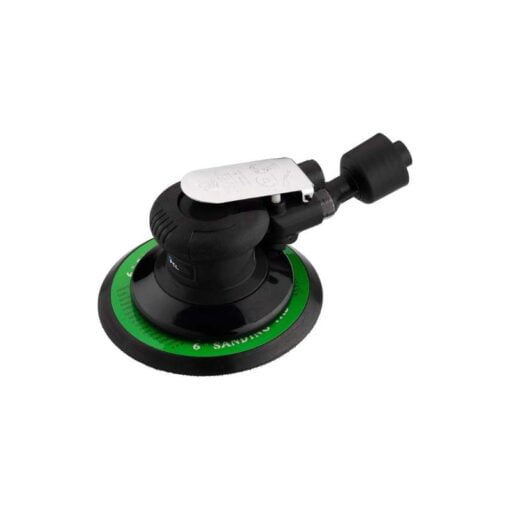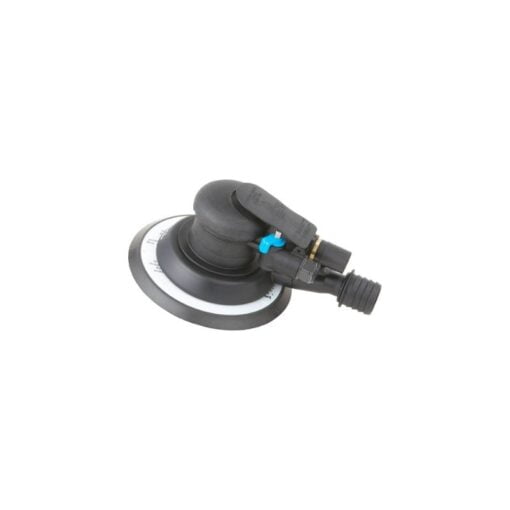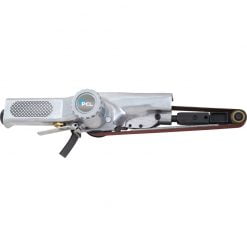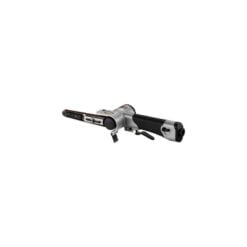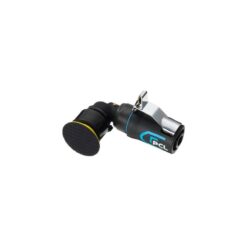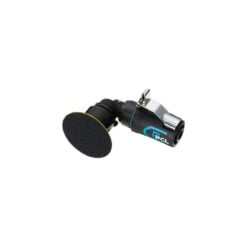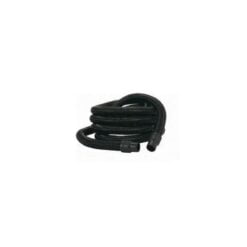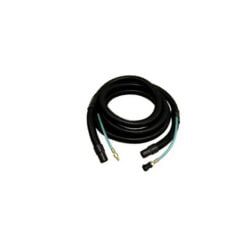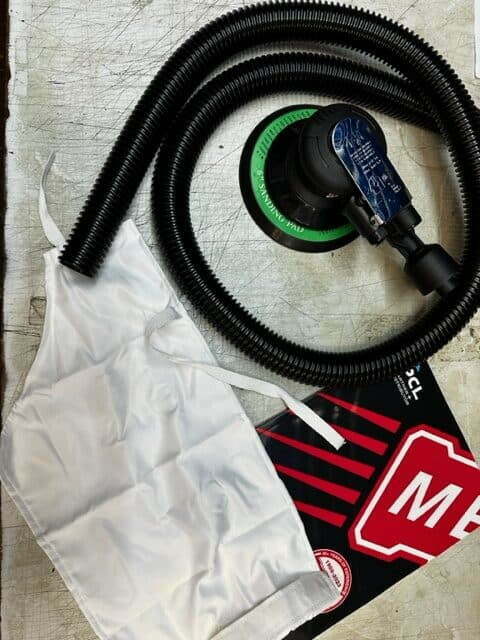A Guide to Air Sanders
Air sanders are powered by compressed air to create a rapid, controlled sanding motion. While the common perception ties sanders to woodworking and wall-smoothing tasks, they are actually indispensable to many different industries.
Notably, air sanders are a staple in woodworking, yet their significance extends to sectors such as automotive refinishing, metalworking, and other industries where careful surface preparation and finishing are hugely important. In short, this versatile tool is crucial in many industries.
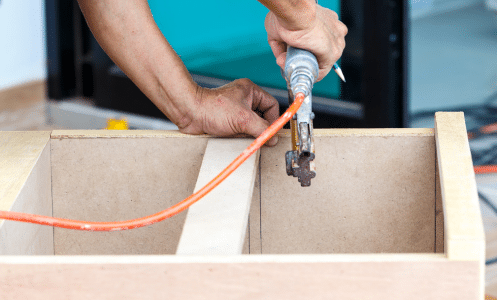
Air sanders of all types are ideal for woodworking tasks

Air sanders are commonly used for automotive refinishing
Types of Air Sander
Random Orbital Sander:
This is one of the most common types of air sanders. It features a round sanding pad that moves in both a rotating and orbital (elliptical) motion simultaneously. This dual-action motion helps prevent swirl marks and provides a smoother finish.
Ideal for: creating ultra smooth surfaces on wood, metal and plastic. You would usually use an orbital sander for larger areas such as walls and doors.
Palm Sander:
Palm sanders are smaller and more compact, making them suitable for detail work and sanding in tight spaces. They are better at finishing wood than orbital air sanders.
Ideal for: working with edges and finer detail – particularly in woodworking.
Belt Sander:
Air-powered belt sanders use a continuous loop of sandpaper wrapped around two rollers. They come in many different sizes with the smaller ones (as shown below) being also known as a file air sander. This is because the narrow strip of sandpaper is ideal for filing down edges on smaller areas.
Air Sanders
Ideal for: Smaller belt sanders (often called file sanders or finger sanders) are perfect for filing and smoothing down edges of smaller objects and getting into tight spaces. Generally speaking, larger belt sanders are ideal for stripping wood quickly and levelling surfaces (such as flooring).
Mini Air Sander:
Their compact size enables users to access confined or hard-to-reach areas that larger sanders cannot reach. As a result, the lighter weight gives better precision and control.
Air Sanders
Air Sanders
Ideal for: detailed or intricate sanding tasks where finesse is required.
How do air sanders compare to electric sanders?
Both air sanders and electric sanders have their pros and cons. Air sanders are generally cheaper, but you do need to have an air compressor to run one.
Power
A typical air sander runs at around 90 psi with air consumption around 4.5 cfm / 128 l/min. Therefore, it is not just checking whether your compressor is powerful enough to power the air sander (as most would be), your compressor will also need to have a larger tank size (we recommend 200 litres+) to use the air sander efficiently over a prolonged period.
An electric sander needs to be plugged in to the wall. The power needed depends on the size / speed of the sander you are using, but many electric sanders can require up to 1200 watts in power.
Working environment
Many of our customers are in the business of woodworking, car refinishing and metalwork. They come to us for air sander supplies as they find that when working in a set up location such as a workshop – using an air compressor to power an air sander is the most efficient and productive way to work.
On the other hand, if you need to work at different locations, electric sanders are probably the best option for you. This is because it is not practical to carry a large air compressor around with you on the road, and so an electric sander is the more sensible option.
Usability
Air sanders are much more lightweight and so easier to move around than electric sanders. As a result, they feel much more comfortable to use (especially over long periods of time).
Cost
You will almost always find that pneumatic sanders are cheaper than their electric counterparts. However, you do need an air compressor with the right power and enough air storage to power your air sander. In other words, unless you already have one, it’s a bigger up-front expense to go with an air sander.
Dust Extractors for Air Sanders
When using any type of sander, it’s important for both your health and your work environment if you haven’t got dust flying around everywhere! It’s bad for your lungs and gets in the way when trying to complete your work.
For this reason, we highly recommend dust extraction hoses. These are a must have for keeping your work environment clear. Both dust extraction hoses you see below can be used for air and electric sanders.
Dust Extraction Hose
Dust Extraction Hose
Dust Extraction Vacuum Integral Hoses (With Type 25 Fittings)
The 5 benefits of air sanders
As a conclusion to our article about sanders, we thought we’d offer 5 quick touch points explaining 5 key benefits of air sanders.
- High Power and Efficiency: Air sanders are known for their high power-to-weight ratio, making them efficient for both material removal and finishing tasks.
- Consistent Performance: Compressed air provides consistent power. The air compressor kicks in and refills with air when the tank is depleted meaning that the sander maintains a steady speed and sanding action throughout.
- Long Lasting: Durability is a hallmark of air sanders, as they are typically sturdy and built to last, featuring fewer vulnerable electrical components susceptible to wear and tear.
- Versatility: Air sanders come in various types and can be equipped with different sanding pads and abrasives, making them versatile for a wide range of applications.
- Dust Collection: Many air sanders can be connected to dust extraction systems, which help maintain a cleaner and healthier work environment. PCL’s new 6” orbital sander offers a Self-Induced extraction system as standard, supplied complete with a short Vacuum hose and collection bag.
To summarise, using an air sander is highly beneficial for those needing to use it frequently in their work. This is particularly true for businesses involved in woodworking (such as furniture makers), automotive refinishing and surface preparation.
As always, if you have any questions about air sanders, air compressors or anything related – please don’t hesitate to get in touch: 01932 348777
Read Next: Our complete guide to air tools


